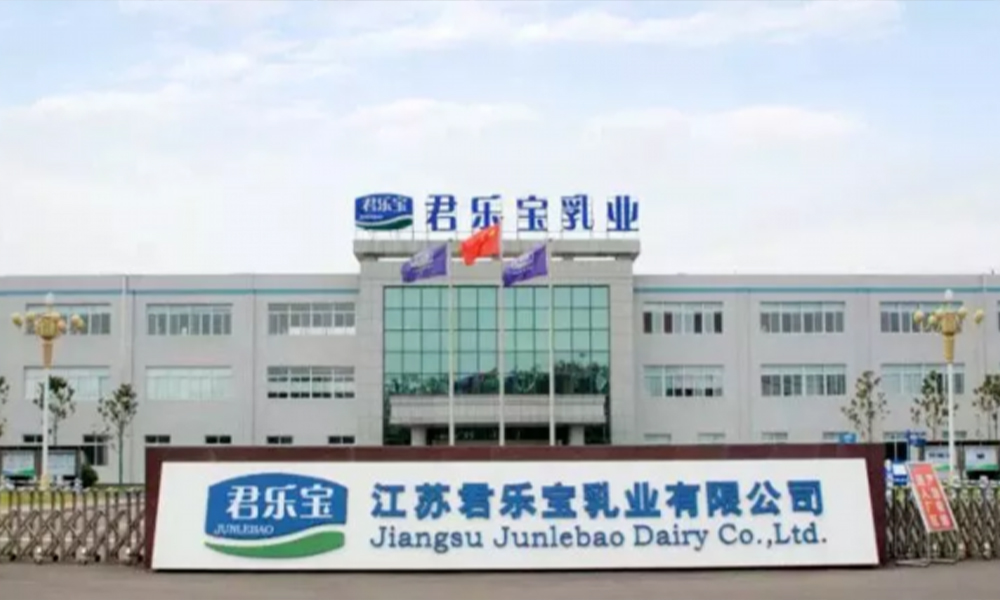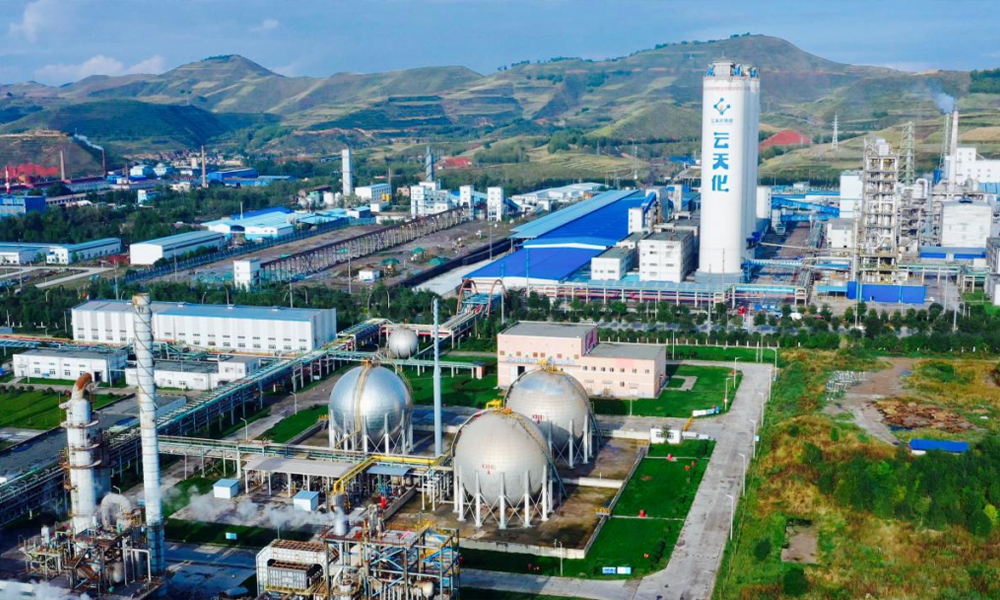In the long history of human energy utilization, burners, as key devices that convert fuel into heat, play a crucial role. From oil-fired boilers to metal heat treatment, from baking and painting to lithium bromide refrigeration units, burners are widely applied and have greatly promoted the development of industrial production. Jaco experts will guide you through the concepts, classification, and selection principles of burners, as well as their applications in modern industrialization, and explore thoughts on the future development of burner technology together.
1. Basic Concepts and Uses of Burners
A burner is an efficient device that converts fuel into thermal energy through the method of combustion. Its core lies in the specific design that allows fuel oil or gas to mix fully with air, thereby achieving efficient and stable combustion. This thermal energy conversion process not only improves energy utilization efficiency but also provides a continuous source of power for industrial production.
2. Classification of Burners
Burners can be classified into various types based on the fuel used and their structural form.
1. Classified by fuel
Fuel Oil Burner: Mainly uses light diesel or heavy diesel as fuel. Light diesel is produced through petroleum distillation and catalytic processes, while heavy oil is blended through cracking and vacuum processes. Fuel oil burners can be classified by adjustment method into single-stage, two-stage, three-stage, and proportional regulation types, and by atomization form into mechanical atomization and medium atomization types.
Gas burners: Use natural gas, liquefied gas, city gas, and other fuels. Gas burners can be classified by combustion method into diffusion type, atmospheric type, and flameless type, and by adjustment method into two-stage and proportional adjustment types.
Oil and gas dual-use burner: Combines the features of both oil and gas burners, allowing for arbitrary switching between the two fuels, enhancing the flexibility and applicability of the equipment.
2. Classified by structural form
Integrated burner: The burner body, fan, and combustion system (including pumps, solenoid valves, servo motors, etc.) are combined into a single unit, featuring a compact structure and easy installation.
Split-type burner: The burner body, fan, and control system each function as independent systems, making maintenance and component replacement convenient.
3. Principles for Selecting Burners
When selecting a burner, various factors need to be considered comprehensively to ensure it can meet production requirements and achieve optimal thermal energy conversion efficiency.
1. Fuel Category: Select the appropriate burner according to the type of fuel used, such as an oil burner or a gas burner. At the same time, it is necessary to understand key parameters of the fuel, such as calorific value, density, and viscosity, to ensure the normal operation of the burner.
2. Boiler performance and furnace structure: Choose a suitable type of burner based on the boiler's performance and furnace structure, such as nozzle atomization or gas combustion type. In addition, it is necessary to consider the matching between the burner's output power and the boiler's rated output, as well as the adaptability of the flame shape to the furnace structure.
3. Adjustment range and stability: The burner should have a good adjustment range to meet the varying demands of boiler load. At the same time, it is necessary to ensure stable and complete combustion under different operating conditions.
4. Environmental Protection and Safety: When selecting a burner, attention should be paid to whether its flue gas emissions and noise levels meet environmental standards. In addition, it is necessary to ensure that the burner is equipped with comprehensive safety protection devices, such as photoelectric sensors and solenoid valves, to prevent safety accidents caused by improper operation or equipment malfunctions.
4. The Application of Burners in Modern Industry
As the core equipment for thermal energy conversion, burners play an irreplaceable role in modern industry. In the fields of oil and gas boilers, the efficient operation of burners not only improves energy utilization efficiency but also reduces operating costs. In industries such as metal heat treatment and baking paint, burners provide a stable heat source for production processes. In addition, burners also play an important role in refrigeration equipment such as lithium bromide chillers.
5. Future Development of Burner Technology
With the advancement of technology and the increasing environmental requirements, burner technology is continuously innovating and developing. In the future, burners will become more intelligent and automated, achieving precise regulation and remote monitoring through advanced control systems. At the same time, to meet the demand for low-carbon and environmentally friendly solutions, burners will adopt cleaner and more efficient fuels and combustion methods, such as clean energy like natural gas and low-nitrogen combustion technologies.
Conclusion
As an important device for converting thermal energy, burners play an irreplaceable role in modern industry. By gaining a deep understanding of the basic concepts, classifications, selection principles, and applications of burners in modern industry, we can better master this technology and provide valuable reference for its future development. At the same time, we should also pay attention to innovations and advancements in burner technology, promoting its development toward greater efficiency, environmental friendliness, and intelligence. It is hoped that this article can inspire readers to think about burner technology and encourage everyone to explore its future development trends and application prospects together.

近日,加科燃烧器圆满完成江苏君乐宝乳业有限公司2台低氮燃烧器项目的安装与调试工作,为乳业生产的高效、环保运行注入···

近日,加科燃烧器顺利完成对青海云天化国际化肥有限公司2台25吨低氮燃烧器的改造项目,标志着双方在环保与能源效率提升···